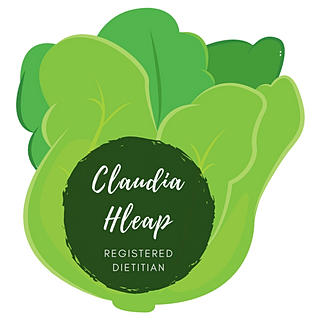Cow's Milk vs Plant-Based Milk
- Admin
- Mar 3
- 2 min read
Updated: Sep 9
Everyone is always asking me to weigh in on the debate of dairy milk versus plant-based milk. There are so many different kinds of plant-based milks and they each come with their own set of pros and cons. I do not think there is one definitive answer for which specific milk is best for everyone. The answer to this questions depends on you as an individual, your taste preferences, and your specific health goals.
The following information highlights the pros and cons for the most popular milk options so you can decide which is best for you!
Cow’s milk vs. plant-based milk... how do they stack up?
Type of Milk | Calories/cup | Protein/cup | Vitamin D/cup | Calcium/cup |
Skim milk | 84 kcals
| 8 g | 108 IU | 325 mg
|
Almond milk | 30 kcals | 1 g | 0 IU | 450 mg |
Oat milk | 40 kcals | 1 g | 160 IU
| 350 mg
|
Soy milk | 80 kcals | 7 g | 120 IU | 300 mg |
Putting calcium and vitamin D amounts into perspective:
For some perspective, below are Dietary Reference Intakes (DRIs) for Calcium and Vitamin D (1)
Now to put this In perspective, let's review the amount of calcium in other common foods - check out tofu!
Food (1 cup) | Amount of Calcium (mg) |
Spinach | 30 mg |
Whole Milk | 305 mg |
Tofu (firm) | 868 mg |
Chickpeas | 210 mg |
Almond butter, 2 tbsp | 111 mg |
Raw broccoli | 43 mg |
The form of vitamin D in cow’s milk is Vitamin D3, whereas the vitamin D in plant-based milks is Vitamin D2
(D3 is produced in animals and D2 is derived from plants and yeast)
Vitamin D2 is converted to Vitamin D3 before being absorbed by the body, making Vitamin D3 a more efficient form for supplementation. (2)
In conclusion, which milk is the best?
Long story short, there’s an option for everyone!
BUT...
If you’re not intolerant to dairy, cow’s milk is often the best choice! One of my favorite milk options is Fairlife skim milk. This ultra filtered milk packs a whopping 13 gm protein / cup and 50% less carbohydrates for the same about of calories as regular skim milk!
Calcium in cow’s milk is better absorbed by our body compared to the calcium found in plant milks. (3)
A comparable alternative to dairy milk would be soy milk, since it is the highest protein option of the other plant based alternatives.
References
1. Dietary Reference Intakes for Calcium and Vitamin D. Institute of Medicine. https://nap.nationalacademies.org/resource/13050/Vitamin-D-and-Calcium-2010-Report-Brief.pdf
2. Tripkovic L, Lambert H, Hart K, Smith CP, Bucca G, Penson S, Chope G, Hyppönen E, Berry J, Vieth R, Lanham-New S. Comparison of vitamin D2 and vitamin D3 supplementation in raising serum 25-hydroxyvitamin D status: a systematic review and meta-analysis. Am J Clin Nutr. 2012 Jun;95(6):1357-64. doi: 10.3945/ajcn.111.031070. Epub 2012 May 2. PMID: 22552031; PMCID: PMC3349454. https://pubmed.ncbi.nlm.nih.gov/22552031/
3. Molly Muleya, Esther F. Bailey, Elizabeth H. Bailey. A comparison of the bioaccessible calcium supplies of various plant-based products relative to bovine milk. Food Research International, Volume 175, 2024, 113795, ISSN 0963 9969. https://www.sciencedirect.com/science/article/pii/S0963996923013431







Comments